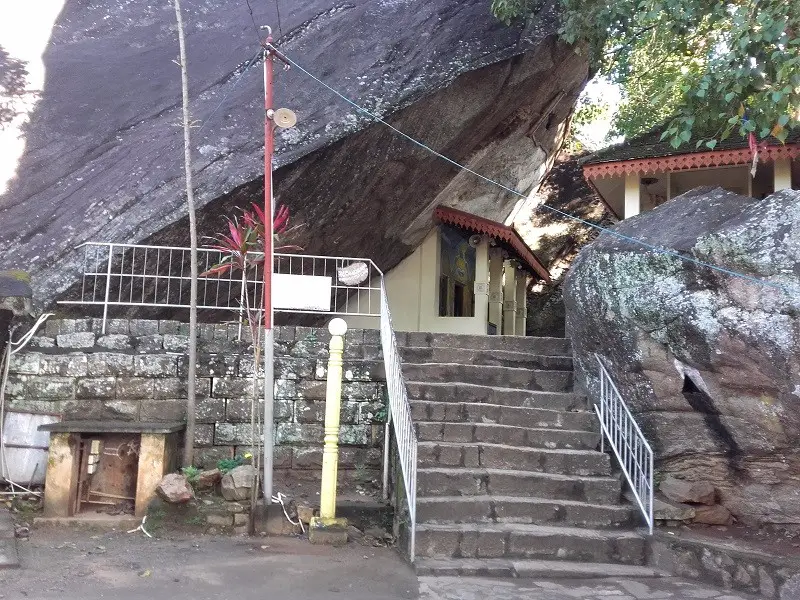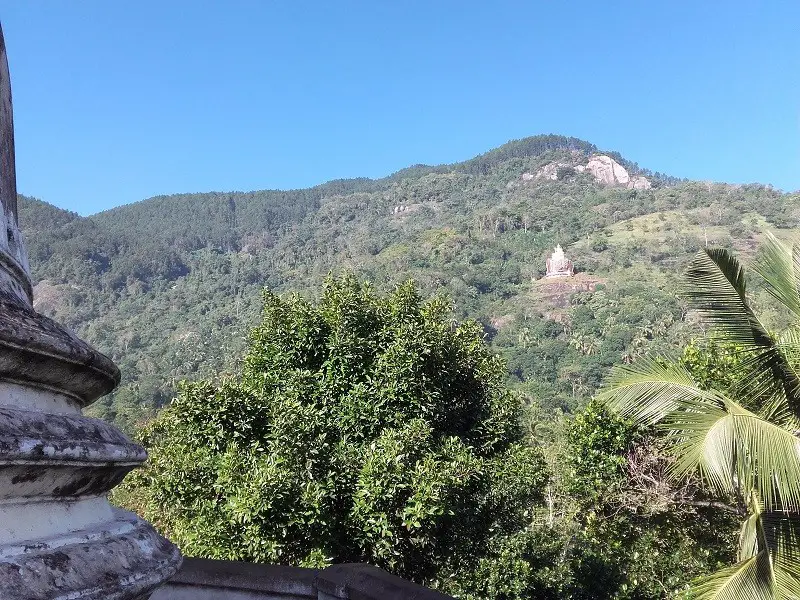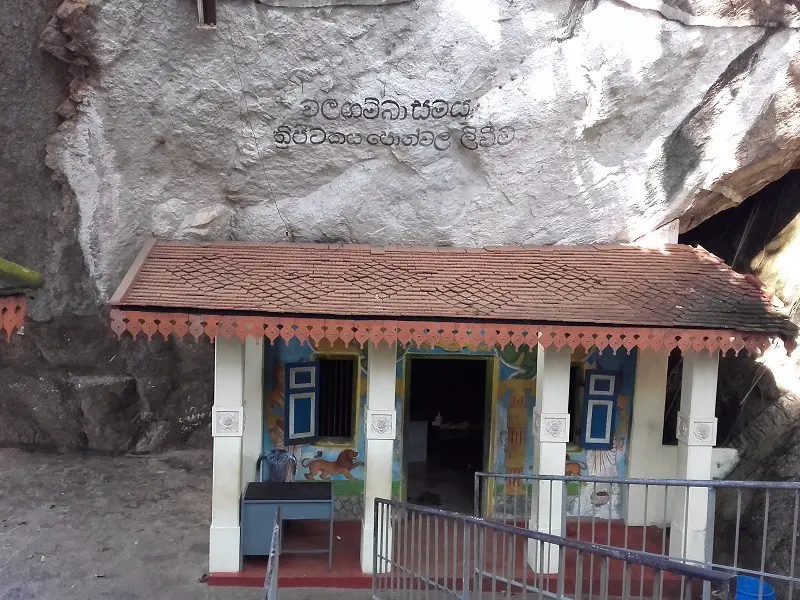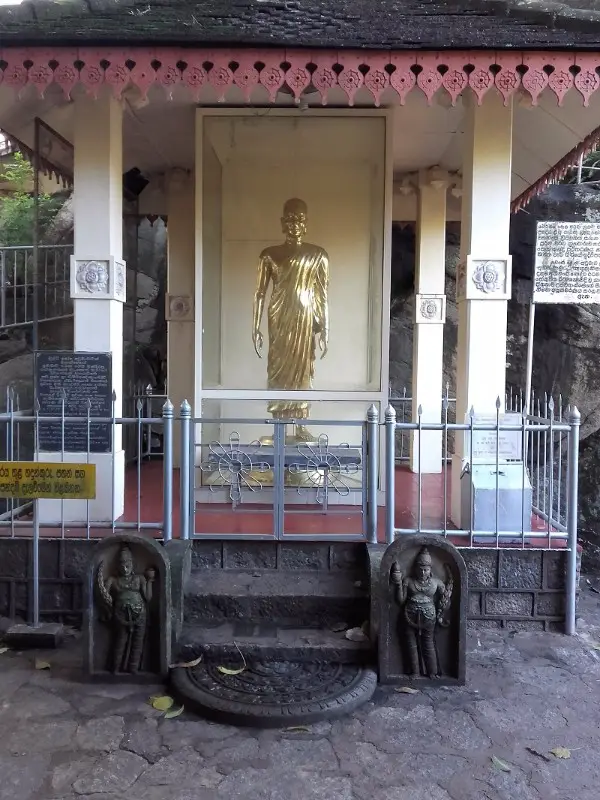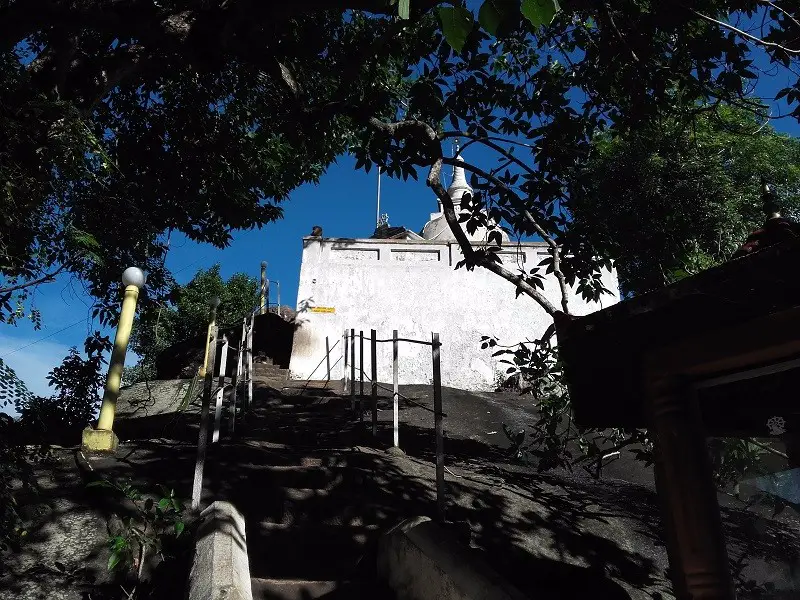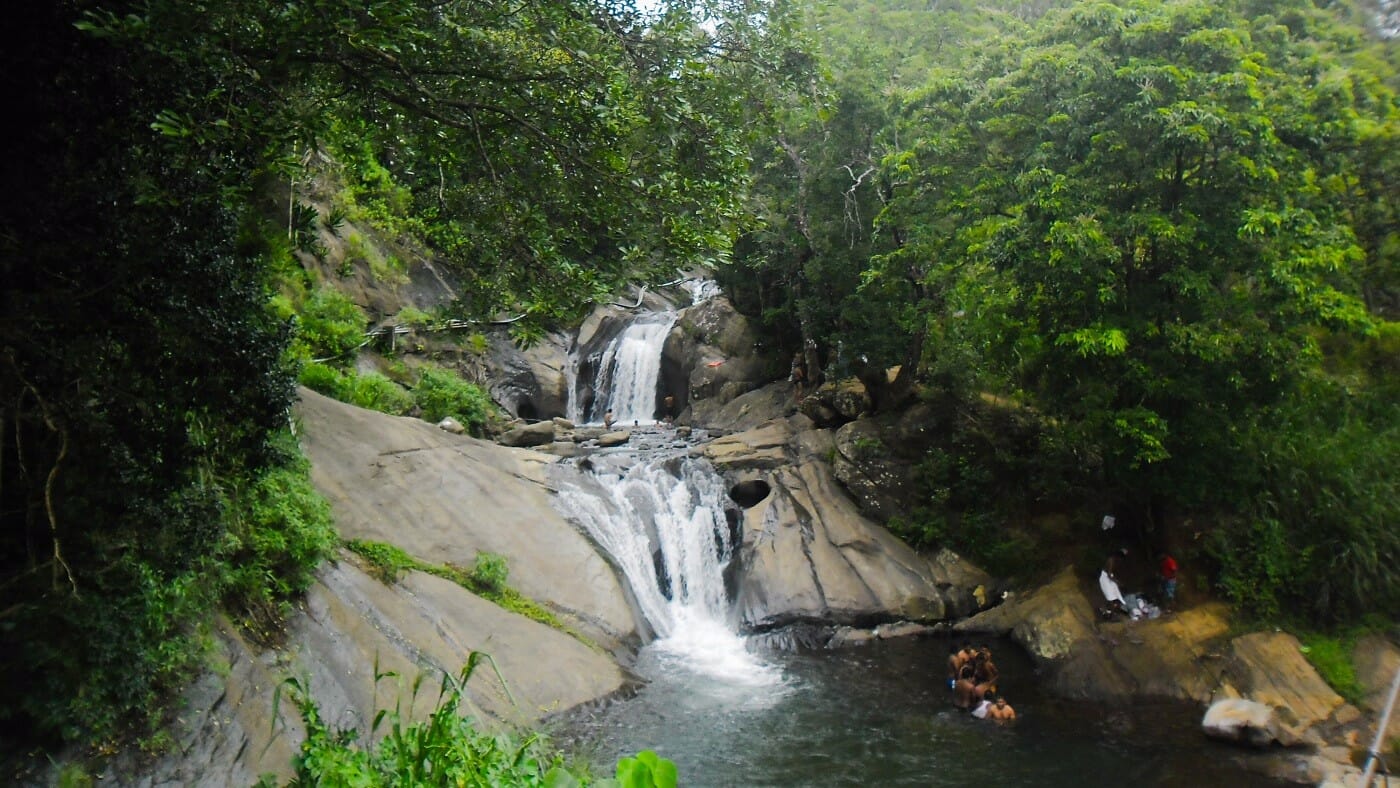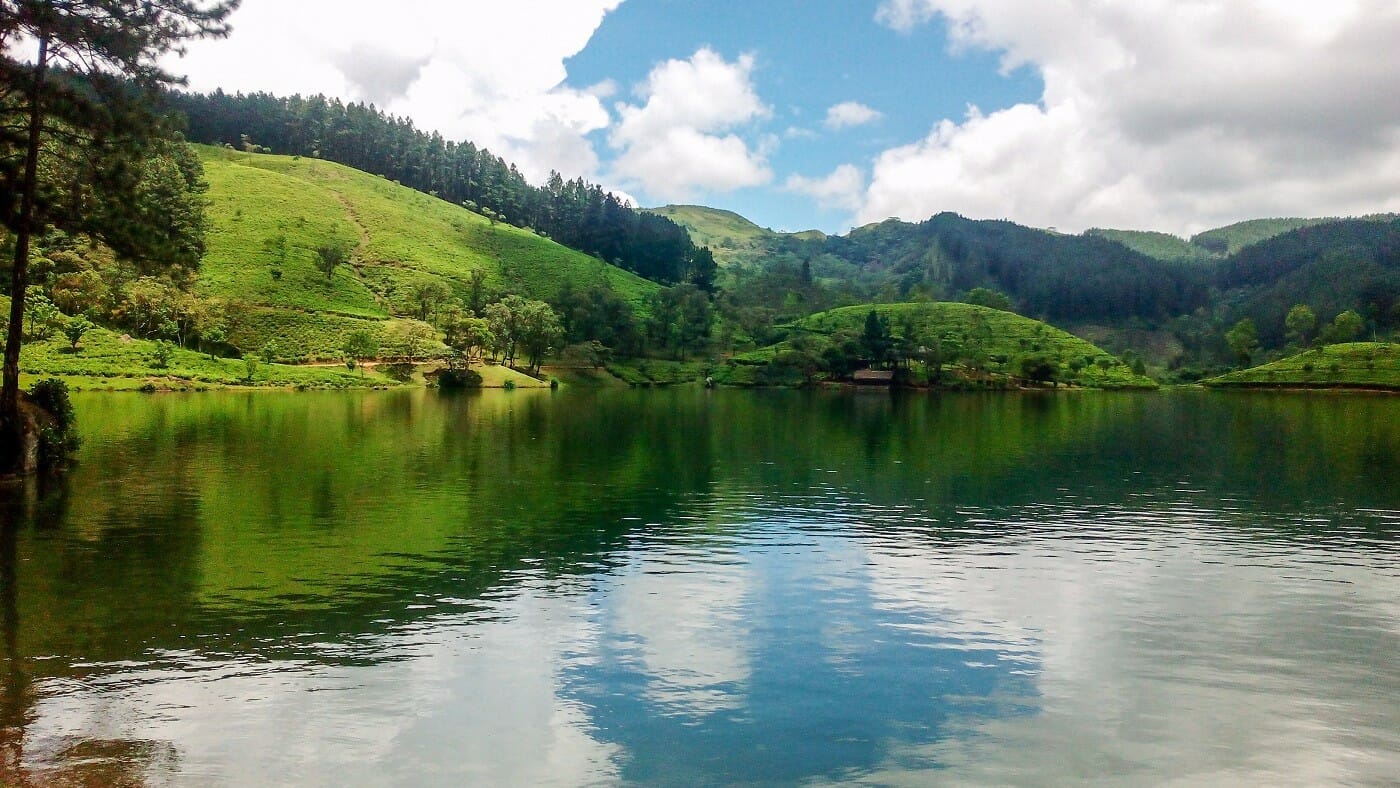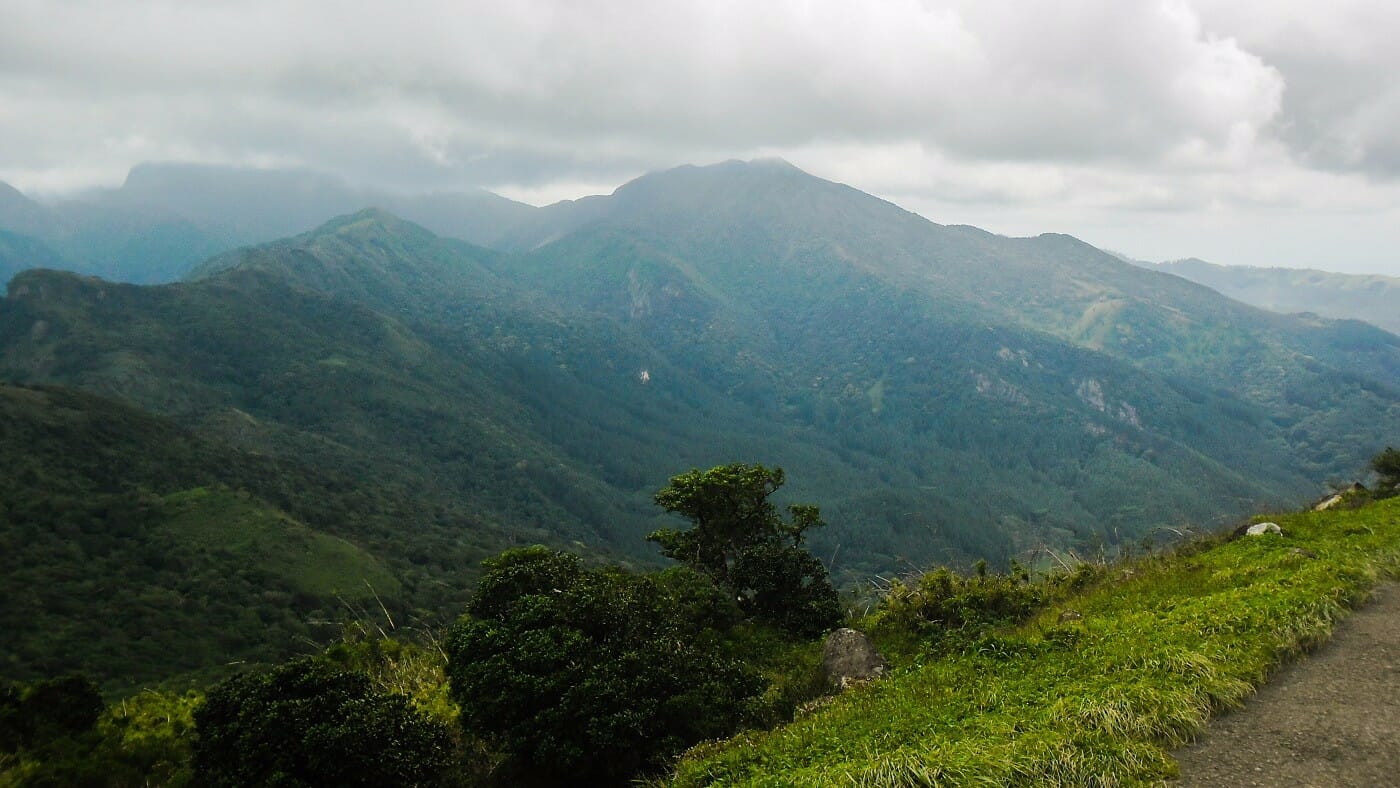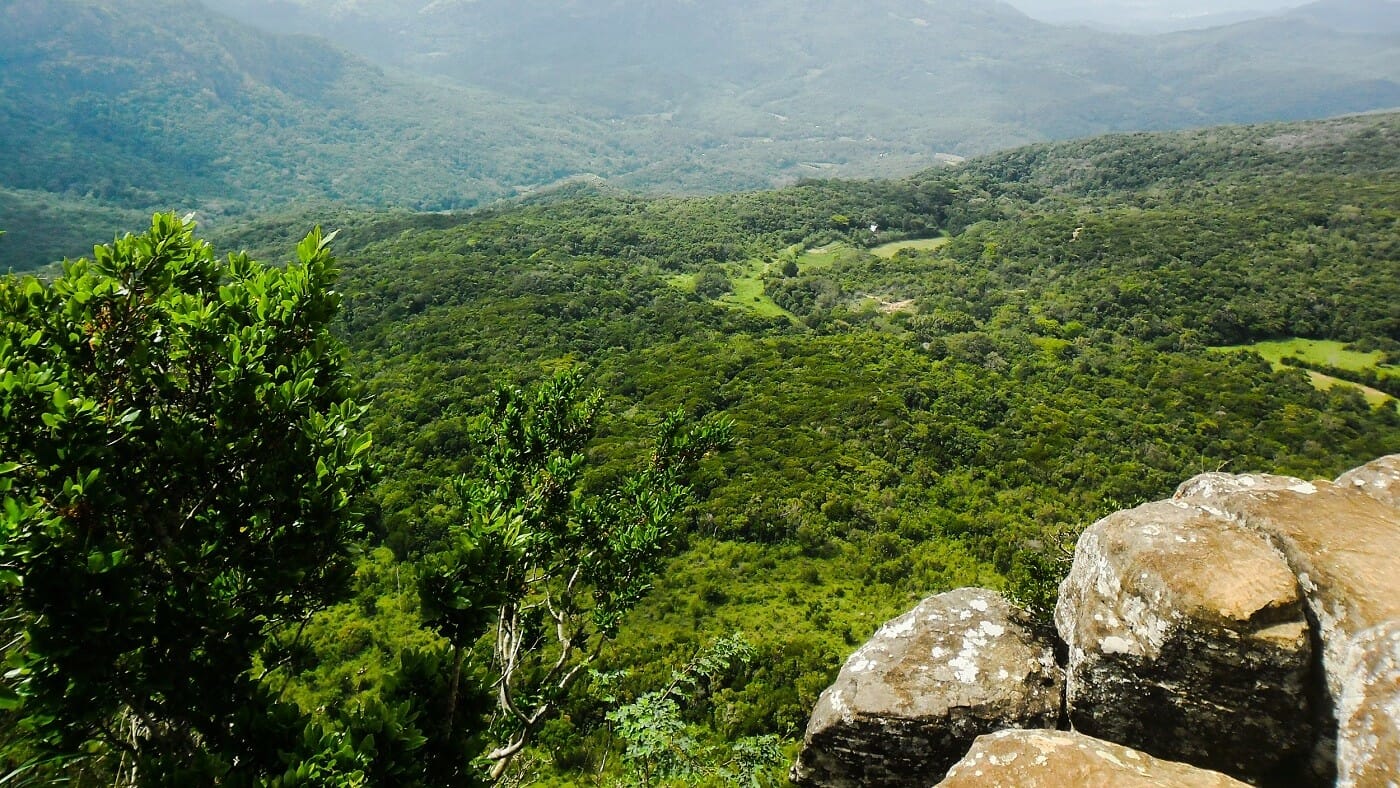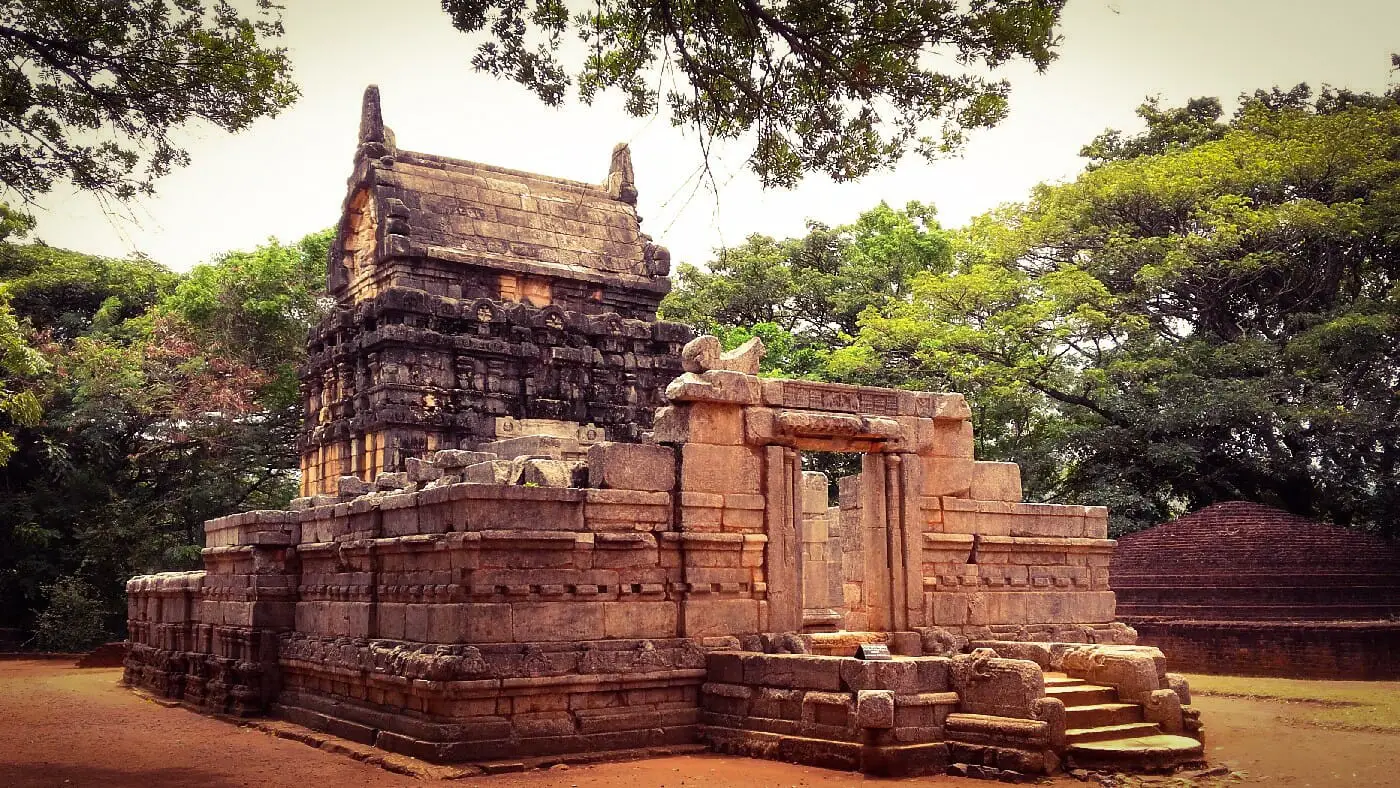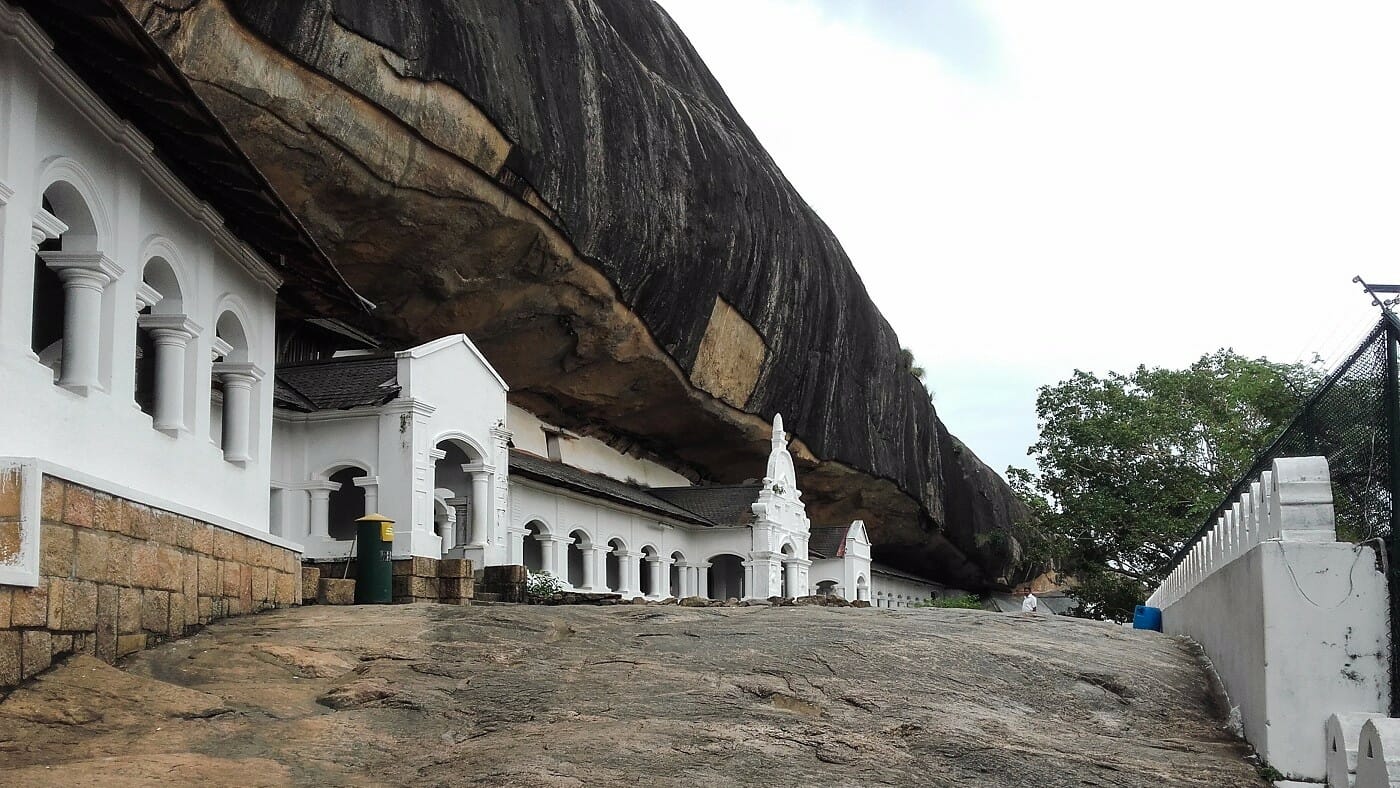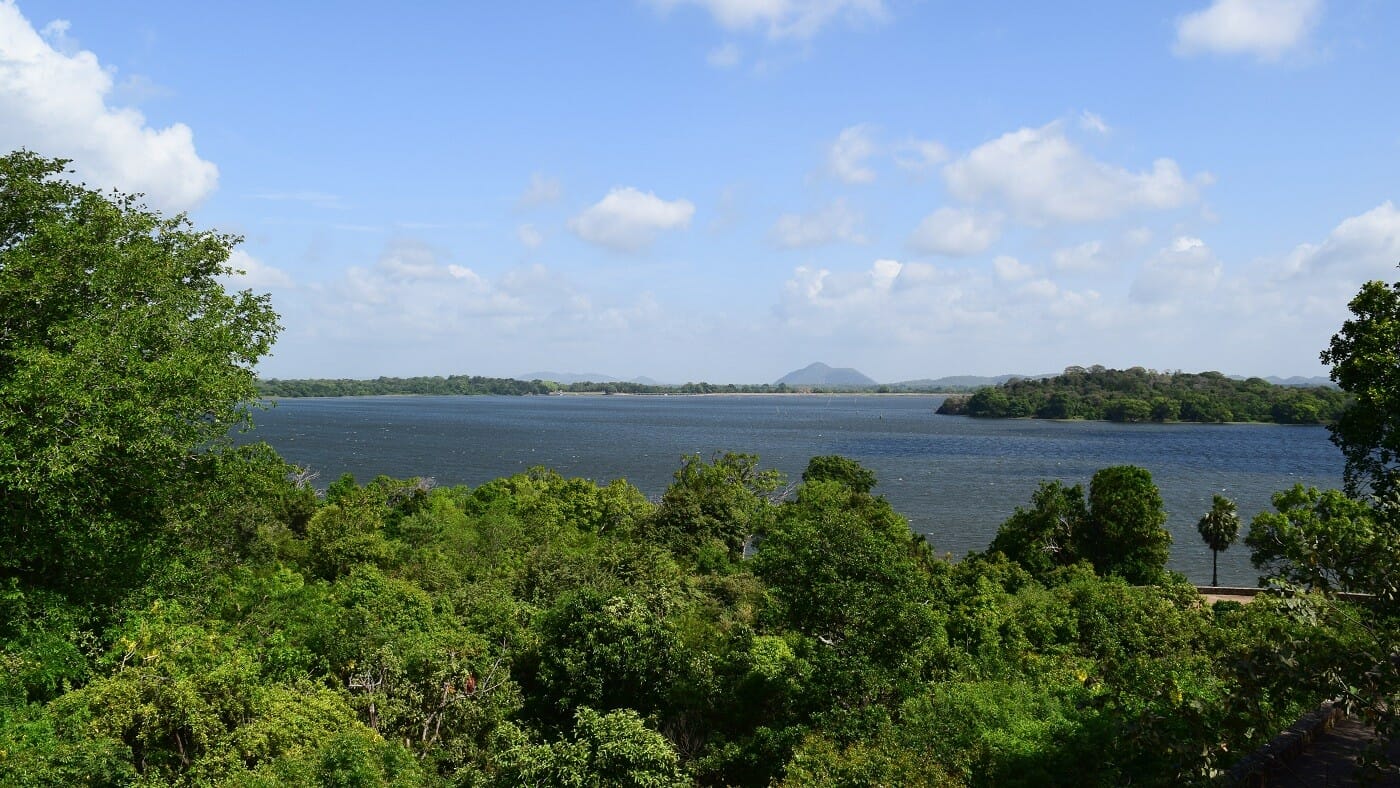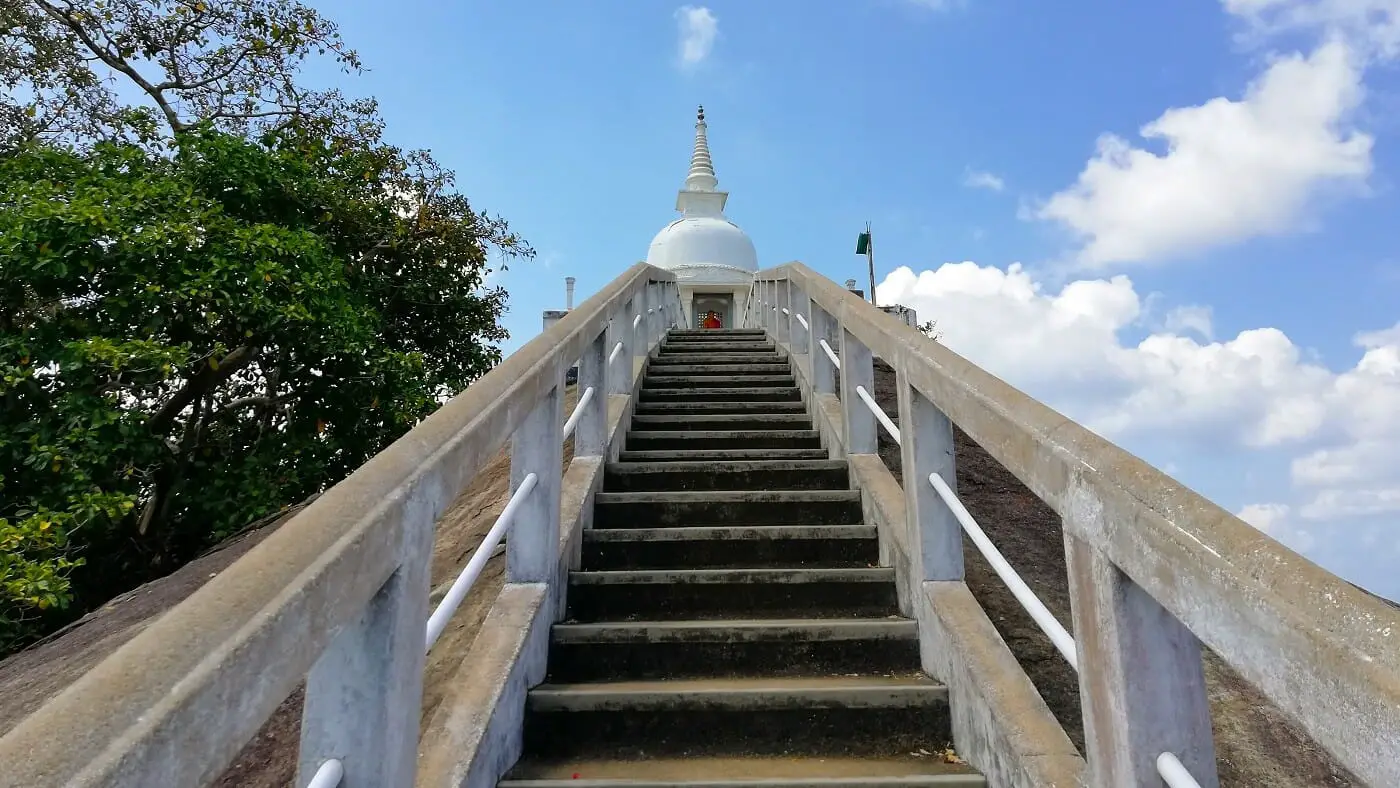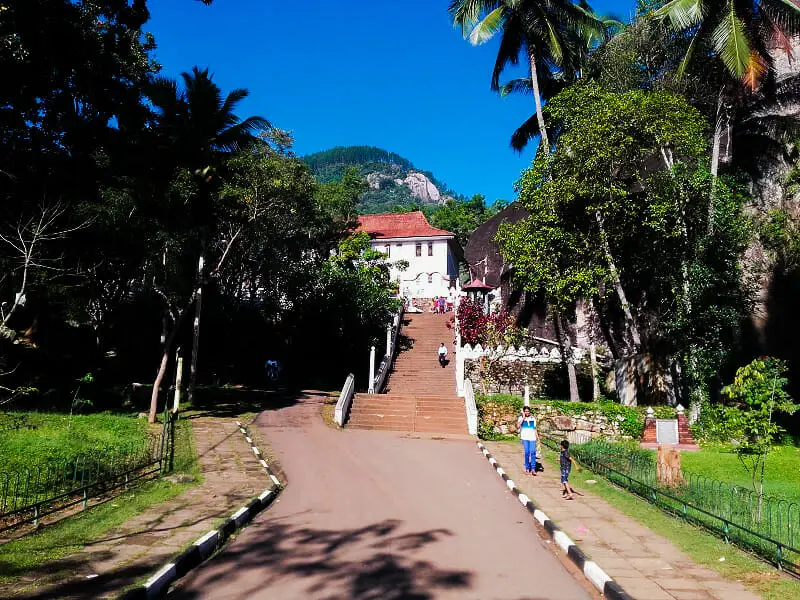
Place Categories: Historical Places Religious Places
Aluvihara Rock Cave Temple (also called Matale Aluviharaya) is located in Matale district, Central Province of Sri Lanka. It is a Buddhist temple which history dates back to 3rd Century B.C to the reign of King Devanampiyatissa.
The temple is the place where Tripitakas, namely Vinaya Pitakaya (Basket of Discipline), Sutta Pitakaya (Basket of Discourse) and Abhidarma Pitakaya (Basket of Metaphysics) wrote in Ola leaves during the reign of King Walagamba.
The Museum
This slideshow requires JavaScript.
Balumge
This slideshow requires JavaScript.
Loading...
No Records Found
Sorry, no records were found. Please adjust your search criteria and try again.
Maps failed to load
Sorry, unable to load the Maps API.
Favorite
Bambarakiri Ella is located beside the Matale – Illukkumbura-Pallegama Road. When you are approaching Riverston peak or Knuckle Conservation Forest from Matale side along this road, the waterfall is on the right-hand side and it is only 6km away from Rattota Town. The waterfall is popular among local tourist and it is one of the location they wait to refresh and have bath when they are coming back from the Riverston tour. Read more...
Favorite
Sembuwatta Lake is a man made lake situated at Alkaduwa in Matale District of Sri Lanka. The lake is created from natural spring water and it is about 9-12 m deep. At one end of the lake there is a natural swimming pool. Currently the lake belongs to the Elkaduwa Plantations and maintained by the same. Read more...
Favorite
The Riverston peak is a part of the Knuckles Conservation Forest which is the first forest reserve in Sri Lanka. Riverston peak belongs to the Matale District of Central Province, Sri Lanka. The Riverston peak is famous among the visitors due to the high-speed wind flow at the wind gap (video bellow will give you some idea about the wind speed). The misty mountains, evergreen forest, beautiful streams, waterfalls, and biodiversity present in this forest reserve will surely amaze you. Read more...
Favorite
Mini World’s End is a deep escarpment located in Pitawala Pathana of Knuckles Conservation Forest. This is another attractive location where you can have a panoramic view of nature’s beauty. You can access this location by the easily designated nature trail across the Pitawala Pathana and it is about 750m away from the main road. You can easily access the Pitawala Pathana from Matale – Illukkumbura-Pallegama road and it is 33km away from Matale city. If you are traveling from the Matale side, you will meet Bambarakiri Ella Waterfall and Famous Riverston Peak before Pitawala Pathana. Read more...
Favorite
Nalanda Gedige is a building completely built with stone located in Matale District of Central Province Sri Lanka. The building was estimated to have been constructed between the 8th & 10th centuries and has the influence of the Pallava architecture. The building has designed like a Hindu temple. However, the building said to have been used as a temple by Buddhists. The building has richly decorated with stone carvings. Front View Rear View Pavilion Entrance Rock Carvings at Nalanda Gedige This slideshow requires JavaScript. Read more...
Favorite
Dambulla Cave Temple or the Golden Temple of Dambulla can be considered as the best-preserved largest Buddhist art gallery belongs to the Kingdom of Kandy. And it has been a sacred pilgrimage site for 22 centuries. Also, it is the largest cave temple complex in Sri Lanka. According to the legend, these caves were initially developed as a temple by the king Walagamba (in 1st century BCE). The temple is located in Matale District of Central Province. It can be reached by Kandy-Jaffna road ( better known as A9 road). If you are coming from the Colombo side it can Read more...
Favorite
The Kandalama reservoir is one of the most beautiful ancient reservoirs in Sri Lanka. It is located in Dambulla, in Matale District of Sri Lanka, about 8 km away from the famous Dambulla Cave Temple. The reservoir has been a famous tourist destination for both local and foreign tourist, even during the British colonial period. This is a popular bathing location among local travelers. You can arrange wonderful hot air balloon ride over this site and there few companies who provide the service. The Kandalama reservoir is also a testament to the ancient architectural knowledge of Sri Lanka. it plays a Read more...
Favorite
Enderagala Wana Senasuna is a Buddhist temple in a calm and quiet location in Dambulla in the Matale District of Sri Lanka. According to the inscription found in the caves, the history of this temple dates back to the 2nd – 1st century B.C. The temple is located beside the Ambepussa – Kurunegala – Trincomalee (A006) Highway, only 6km away from the Dambulla city. You can reach Enderagala Wana Senasuna withing15 minutes from Dambulla Cave Temple. The Stupa of the temple is located in a rock summit provide panoramic, 360-degree view of the area. On a clear day, you can Read more...
Share this:
- Click to share on Twitter (Opens in new window)
- Click to share on Facebook (Opens in new window)
- Click to share on LinkedIn (Opens in new window)
- Click to share on Reddit (Opens in new window)
- Click to share on Tumblr (Opens in new window)
- Click to share on Pinterest (Opens in new window)
- Click to share on WhatsApp (Opens in new window)
- Click to email a link to a friend (Opens in new window)
